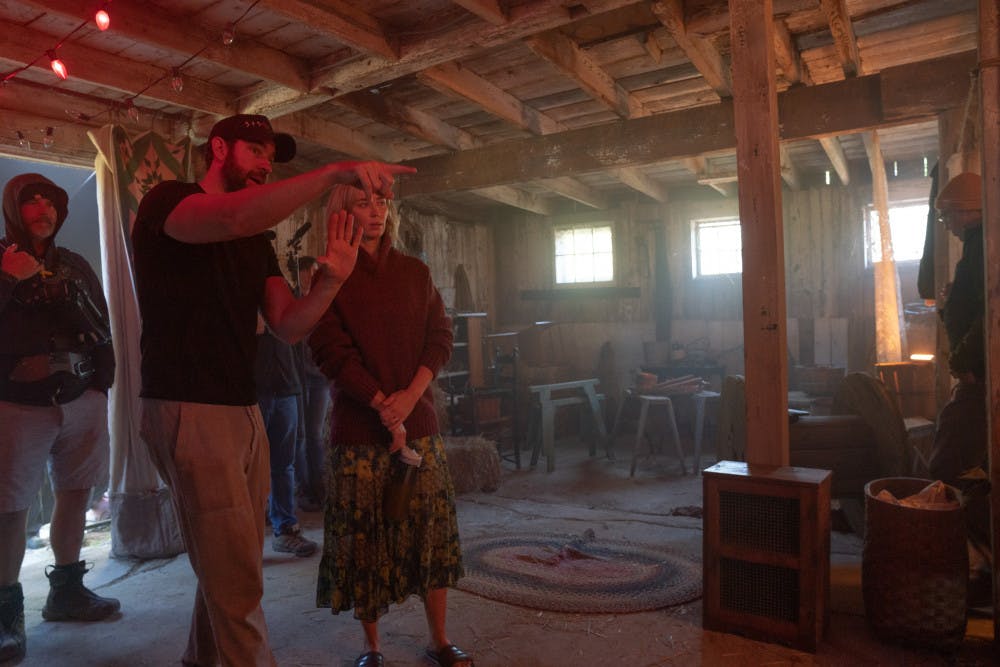Actor and director John Krasinski ’01 originally declined the studio’s request for a sequel to “A Quiet Place,” his mainstream directorial debut.
“I never thought that I could match the experience that I had on the first one, or articulate any sort of organic storytelling like I did on the first one,” Krasinski, who wrote the sequel’s script in addition to directing, explained in an interview with The Herald and other college publications across the country. But once Krasinski thought about telling a story through the point of view of Regan Abbott, the film’s deaf, teenage daughter character, he realized that there was a way to make a sequel that respected the artistic integrity of the first film.
Krasinski called his first movie a “love letter” to his kids because of how it explores parenthood and “the promise you make to your kids … that is ‘as long as you stay close to me, I can protect you forever.’”
In contrast, the second film explores the consequences of parents breaking that promise, which Krasinski says is an inevitable part of growing up.
“It’s a letter … about all my hopes and dreams (for my kids) and what they could be,” Krasinski said.
The new direction of “A Quiet Place Part II,” which is told both as a prequel and a sequel, came with new challenges. Unlike the first film, which predominantly takes place at night and in darkness, around half of “A Quiet Place Part II” takes place in daylight. Along with lighting difficulties, Krasinski also found depicting the sound-sensing creatures that terrorize the Abbotts challenging.
“It’s the first time our creature has ever been seen in the light. … It was just very stark light on the creature, so we had to do a lot of extra care to pay attention to … it and make sure that it was taken care of as well as all the other actors,” he said.
While the lack of dialogue may be an obstacle for some filmmakers, Krasinski enjoyed how it affected the film’s creation process, he said.
“There’s something very immersive in the writing process … when you’re trying to set tone and set worlds and worldbuild, you’re able to go to a deeper place,” Krasinski said.
Noting that he felt a lot of pressure in making a sequel, Krasinski said he focused on the storytelling.
“I knew people would want scarier, bigger, all those things, and I thought how about this, ‘Why don’t I just start by telling a story that I care about?’ I can always add more scares, I can always add more intensity in the sound, I can always do all these tricks if I need them, but let’s tell a good story,” he said. “Once (I) wrote what’s true and what’s organic to the characters, all the rest of it kind of just fell in line.”
One result of the relatively silent nature of the film Krasinski enjoyed is how it adds a sense of audience community. The experience is heightened due to the level of engagement it requires of the audience, he said.
“Without dialogue you start connecting with the person next to you and the person in front of you in this theater, and it becomes a communal experience and why people say you have to see it in the theater,” he explained. “It’s one of the best compliments in the world to me.”
"A Quiet Place Part II" will open in theaters on March 20.





